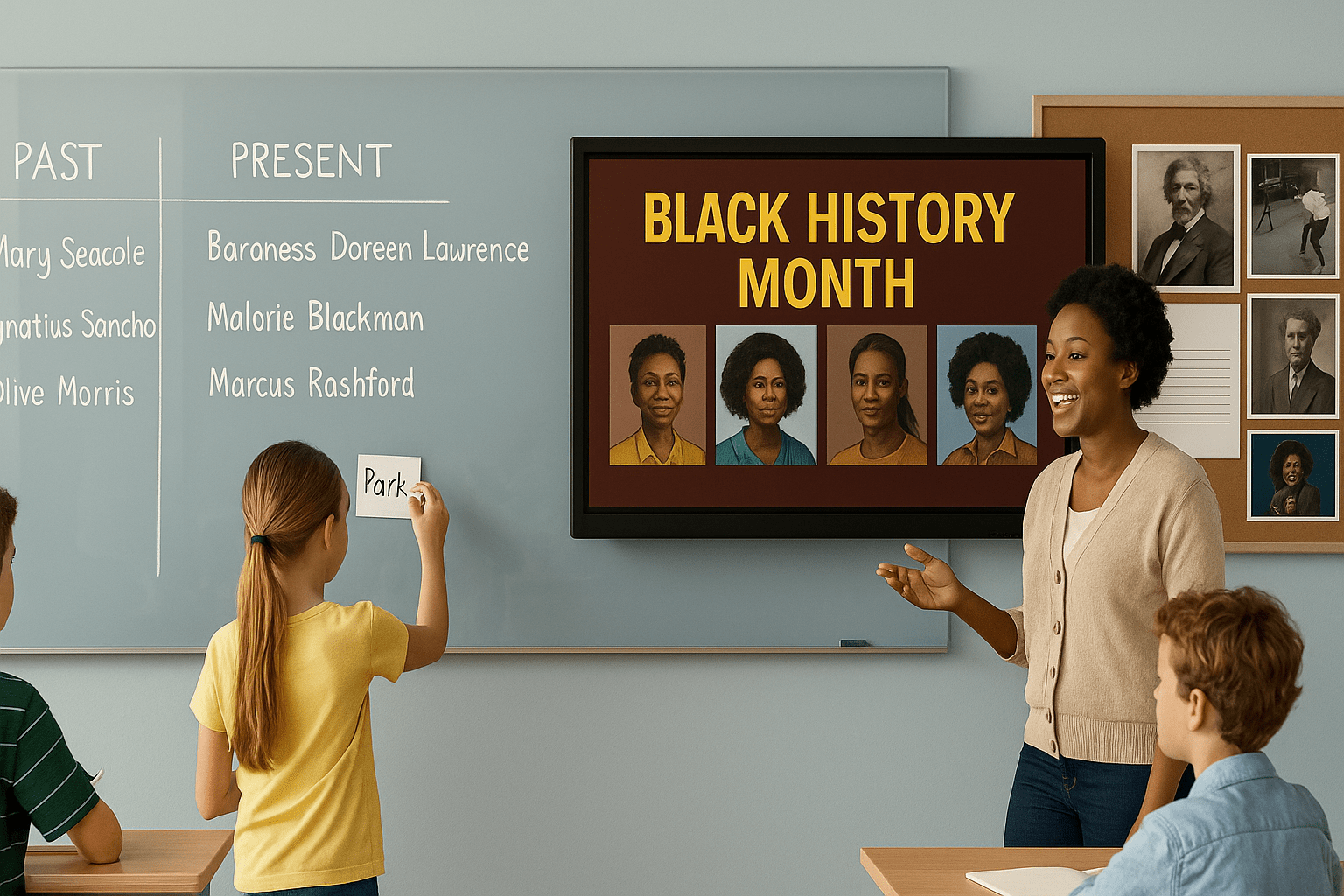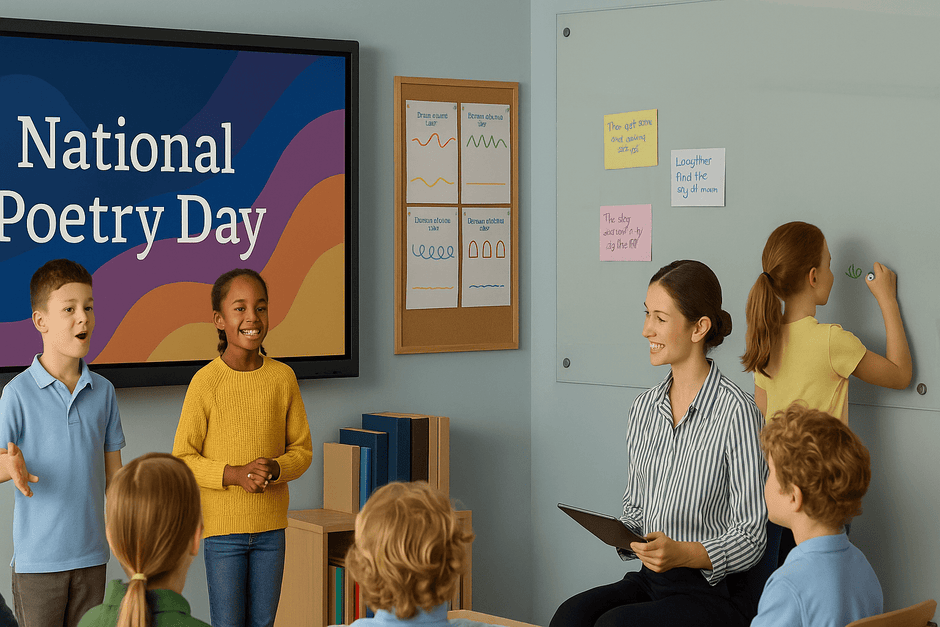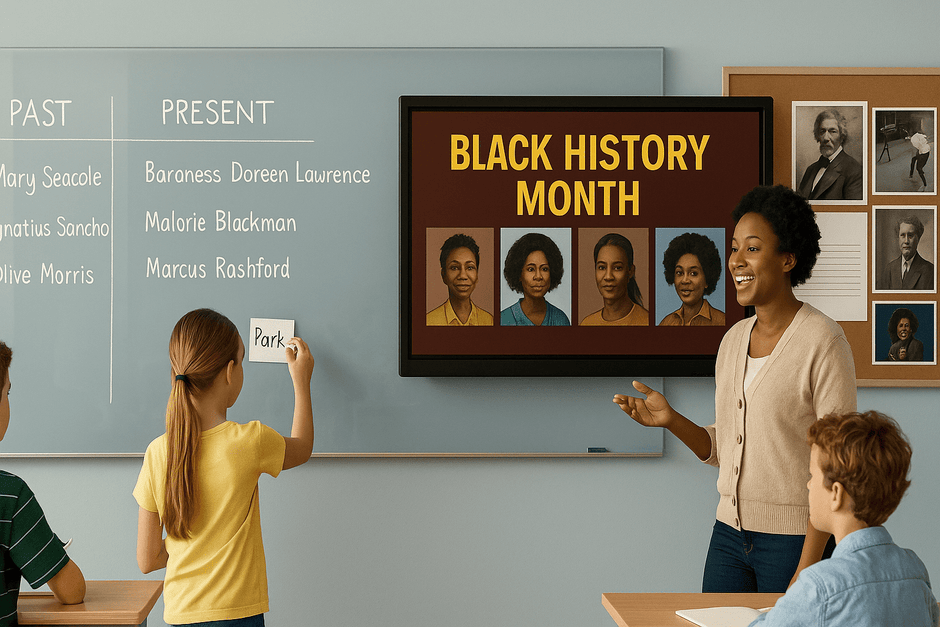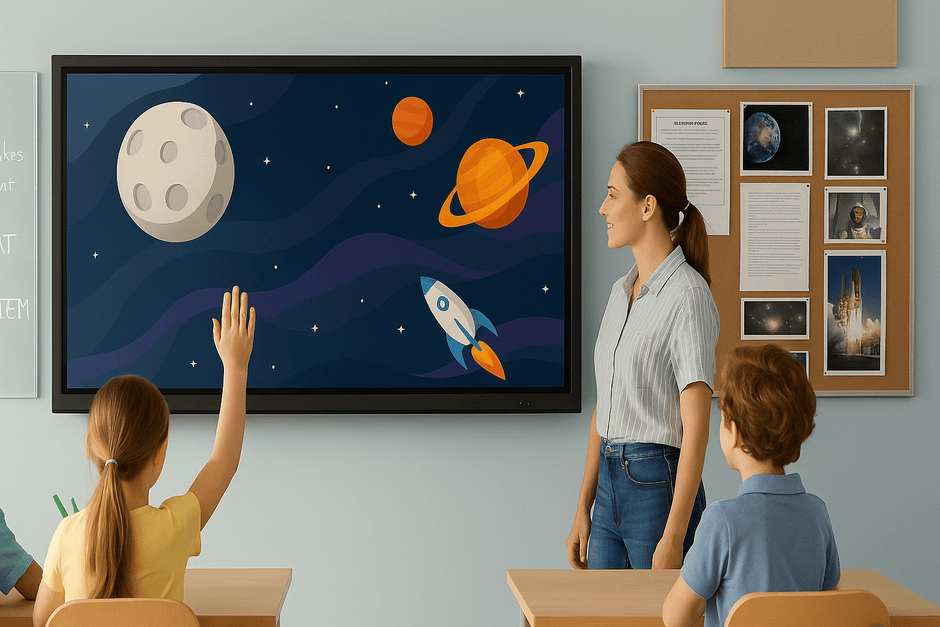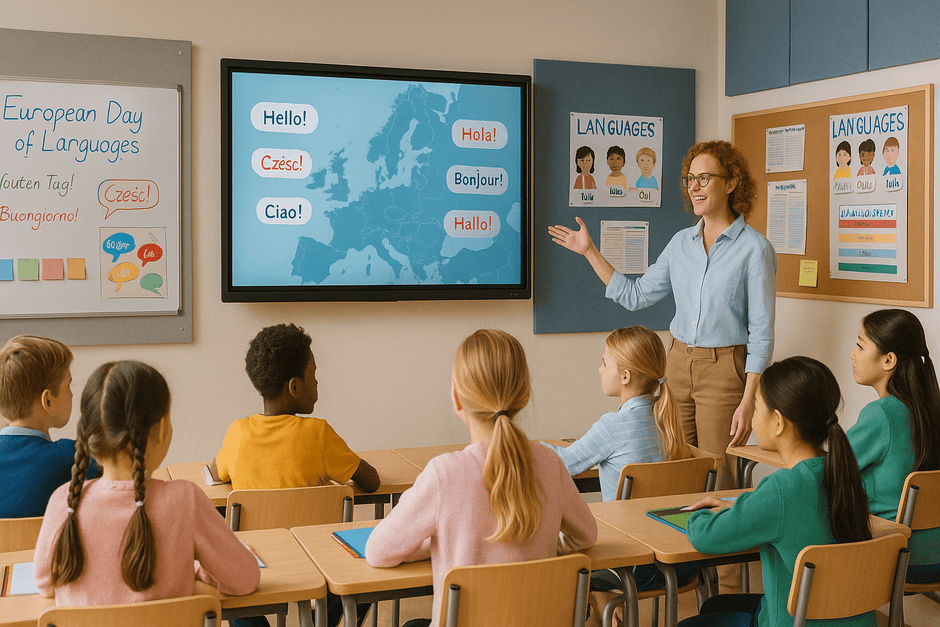Black History Month 2025: Past, Present and Future – a practical plan for schools
Date: October 2025 • Read time: ~12 minutes
Black History Month is an opportunity to celebrate achievement, reclaim narratives and inspire future changemakers. Here’s a ready-to-use plan that builds on what worked well last year, adds a Past–Present–Future structure for displays and lessons, and shows how to make the learning visible across your school.
Why Black History Month matters
Black History Month in the UK runs every October and invites pupils to explore histories, cultures and contributions that have too often been under-represented. For schools, it’s a chance to build belonging, challenge stereotypes, celebrate creativity and connect learning to local communities. The strongest programmes make learning visible through displays, performances and student voice – and continue the conversation after October.
What schools did last year – and why it landed
- Assemblies and guest voices – staff and pupils introduced themes, read poetry and shared personal stories.
- Creative media – video diaries, spoken word, murals and music workshops helped every learner find a way in.
- Reading and research – class libraries spotlighted Black authors and lesser-known British histories.
- Corridor galleries – schools used display boards and glassboards to create timelines, quote walls and student-curated exhibits.
- Family involvement – evening showcases and newsletters carried learning beyond the classroom.
Why these worked: varied entry points, pupil ownership and visible celebration. The main pitfalls were doing only greetings/one assembly, and not planning follow-up so momentum faded.
Past, Present and Future – a simple framework for October
Organise your month around a Past–Present–Future journey. It gives structure, supports progression across year groups and makes displays easy to build week by week.
Past – reclaiming narratives
Introduce historical figures whose stories have shaped Britain and the world. Examples often used in UK schools:
- Mary Seacole – pioneering nurse during the Crimean War.
- Ignatius Sancho – writer and abolitionist, among the first Black Britons known to vote.
- Olive Morris – activist for Black women’s rights in Britain.
Activity: build a class timeline and “quote wall”. Invite pupils to add short biographies or favourite quotes to a visible display.
Present – role models pupils recognise
Highlight contemporary figures across sport, literature, science, politics and community leadership:
- Baroness Doreen Lawrence – campaigner for justice and equality.
- Malorie Blackman – award-winning author and former Children’s Laureate.
- Marcus Rashford – footballer and advocate for child food security.
Activity: poster series or short video profiles created by pupils – “Why this person inspires me”.
Future – the changemakers ahead
Ask pupils to imagine and research who will shape the next decade – and to see themselves in that future:
- Black scientists tackling climate or health challenges.
- Young local activists and entrepreneurs.
- Pupils in your own school – their skills, goals and pledges.
Activity: a “Future Wall” where pupils add a portrait, a role they aspire to and one action they’ll take this year.
Classroom ideas you can lift
- Quote walls on glassboards – rotate weekly quotes from past and present figures; add pupil reflections underneath.
- Local history mapping – identify people, streets, plaques or community groups connected to Black history; present findings on an interactive screen.
- Spoken word and music – short performances in tutor time or assembly; record highlights and show them on a projection screen.
- Reading for pleasure – book tastings featuring Black British authors; peer reviews posted on a class display board.
- Family heritage project – invite families to share recipes, songs or traditions; curate a corridor gallery.
- Design a stamp or banknote – pupils propose who should be featured and why; persuasive writing plus design.
- Podcast minis – 90-second audio pieces: “One story we should all know”.
Planning timeline
- 4–6 weeks before: choose your focus; audit displays and screen access; brief staff and pupil ambassadors.
- 2–3 weeks before: gather books, video prompts and local history links; prepare Past–Present–Future display areas.
- 1 week before: test media on interactive or projection screens; clean and prep glassboards.
- During October: add to displays daily; capture pupil voice; schedule two mini-showcases.
- After October: keep one display live; spin up a monthly “voices and stories” slot in assemblies.
Learning spaces that help
Inclusive displays and clear speech make a noticeable difference to engagement and confidence:
- Glassboards – build an evolving Past–Present–Future timeline; low-ghosting surfaces keep it neat and easy to update.
- Display boards – curate posters, portraits, book reviews and family contributions along key corridors.
- Acoustic panels – improve speech clarity for poetry, drama and assemblies, supporting BB93 good practice.
- Interactive screens – showcase pupil videos and host virtual guests or author Q&As.
- Projection screens – run whole-hall showcases and film nights to close the month.
Relevant products from Presentation Spaces
Explore solutions that make Black History Month visible, inclusive and collaborative:
- Glassboards − ideal for quote walls, timelines and pupil reflections.
- Display Boards − publish portraits, posters and book reviews across the school.
- Acoustic Panels − clearer speech for readings and performances, with calmer rooms.
- Interactive Screens − present research, video diaries and live talks.
- Projection Screens − show reels, assemblies and end-of-month showcases.
Sample week plan
| Day | Morning | Afternoon | Extra |
|---|---|---|---|
| Monday | Launch assembly – introduce Past–Present–Future | Past: timeline starters on a glassboard | Set up corridor displays; invite family contributions |
| Tuesday | Present: role-model profiles | Book tasting + review cards | Upload highlights to interactive screen playlist |
| Wednesday | Local history mapping | Spoken word workshop | Test projection screen for Friday showcase |
| Thursday | Future Wall: “Who will shape the next decade?” | Podcast minis – record 90-second pieces | Curate displays; add captions and credits |
| Friday | Dress rehearsal – readings and films | Showcase on interactive/projection screens | Reflect: one action we’ll carry beyond October |
Next steps
Choose two high-impact activities, prepare your Past–Present–Future display, and plan one follow-up so the learning continues beyond October.
Need help specifying? Contact Presentation Spaces for advice on glassboards, acoustic upgrades and digital display solutions for inclusive, high-impact events.



